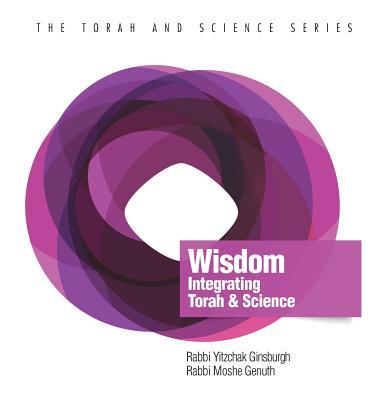How should traditional Judaism view the incredible accomplishments and progress made by modern science? In this volume, the authors argue that not only is a unification and integration between Torah and science possible, it is necessary and indeed one of the most important goals traditional Judaism should pursue in this generation. In fact, the well-known adage by the sages, "Believe that there is wisdom among the nations" is interpreted, following the original Hebrew, to mean that those who are capable of doing so have a duty to bring the wisdom of the nations to a state of belief, a state in which it reveals rather than conceals the Creator. To do so, the Divinity inherent in nature and man, must be revealed.
Over the past century and a half there have been various approaches and attempts to find a formula for unifying Torah and science. Relying on Rabbi Ginsburgh's singular knowledge of the Torah's inner dimension--Kabbalah and Chassidut--it is explained how the wisdom of the nations, i.e., modern science in all its forms, can be seen as still underdeveloped points of light that are missing dimensions of meaning that would transform them into translucent windows through which we can gaze upon the magnificence of God and the Torah. The process by which secular wisdom is transformed and becomes part of Torah is compared to the process which transforms a non-Jew wishing into a righteous convert--making him or her into an inseparable part of the Jewish people.
This approach is based on the foundational notion that originally, Torah and science, or higher, Divine wisdom, and lower, mundane wisdom constituted a single, unified whole known as the primordial Torah. Subsequently they were separated by the Almighty Himself into two different categories, just as the waters were divided into the higher and lower waters on the second day of creation. Over the millennia, the greatest of the sages have labored to reunify the two categories: study of the Divine and the study of nature and humanity, even as the knowledge of nature changed from age to age. As we approach the end of the sixth millennia, we are called upon to work towards a unifying model that can bring Torah and science to complement and inspire one another.
